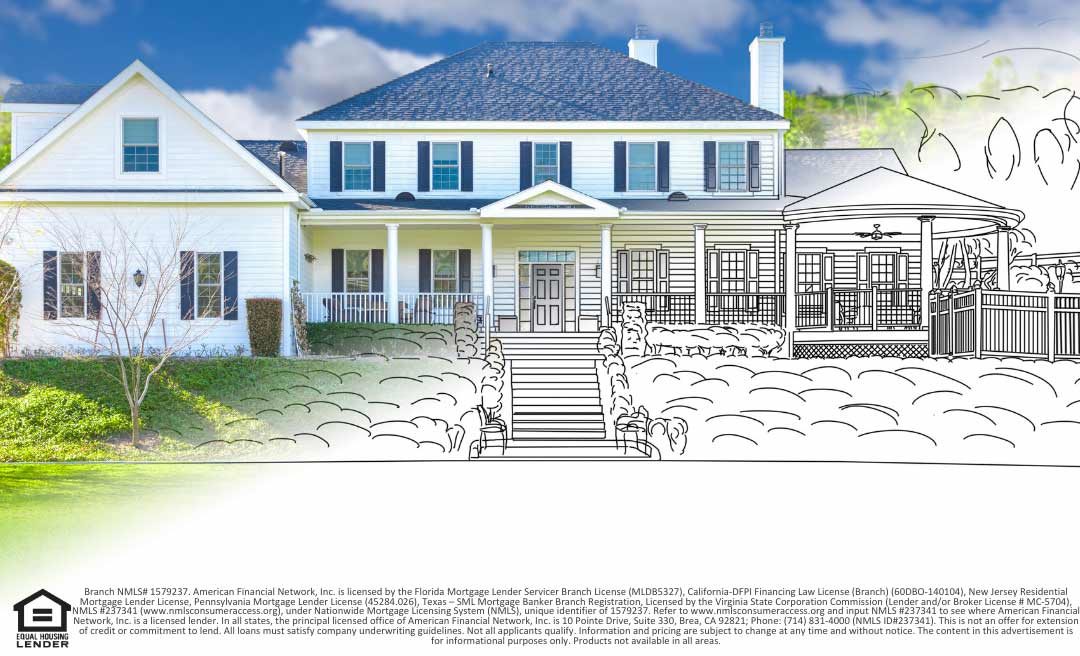Content
Sober living home programs offer recovering addicts a drug-free living situation in a supportive environment. Residents of sober living facilities are responsible for contributing to the household and usually must attend 12-step meetings or similar support groups during their stay. A halfway house is a community home typically designed for men or women who are mandated to spend time in a transitional facility.
- A halfway house and a sober living house still have differences you must consider before selecting which facility you will spend your time in.
- These measures were taken from Gerstein et al. (1994) and labeled Peak Density and 6-month abstinence.
- Recovery home residents usually pay rent, buy their own food and do the same things they would do for themselves if they lived in a traditional apartment or home.
- Residents of sober living facilities typically stay between 6 to 12 months.
- By planning your next move before you are discharged from your current program, you can feel more confident about the next steps in your recovery.
Your goal in your DUI case should be to get the best possible outcome for your future. Sober living homes also make it a point to offer their residents addiction therapy services. This is because such services help sober living residents learn how to manage their addiction triggers while in the real world. Halfway houses serve as the halfway point between an sober house vs rehab institution and independent society, with residents usually coming from either correctional or inpatient treatment facilities. Living in a sober environment helps you develop new habits and routines, taking what you learned during drug or alcohol rehab and applying it in your daily life. This is where the rubber starts to meet the road in addiction recovery.
Support Our Mission
In our comprehensive guide, we share the truth about sober living homes, including what it is like living in a sober house and how it factors into the long-term recovery process. Most sober living homes do not offer detox facilities – and while not all rehab centers provide detox, some do. Medically-guided detox may be necessary depending on how severely a person is addicted. The spirit of a sober living home is to create a community where a tenant can live drug-free as long as they need to. Unlike other treatment facilities, sober living facilities have no limit on how long a person can stay at the home. These facilities are meant to help people reintegrate into normal living, by helping them remember what it means to be a responsible and accountable human being, while relying on healthier ways to deal with stress.
We therefore suggest that there is a need to pay attention to the community context where those interventions are delivered. Each year more than 7 million individuals are released from local jails into communities and over 600,000 are https://ecosoberhouse.com/article/top-10-substance-abuse-group-activities/ released on parole from prison (Freudenberg, Daniels, Crum, Perkins & Richie, 2005). Although the need for alcohol and drug treatment among this population is high, very few receive services during or after their incarceration.
I’m In Recovery
Both will help you hone your skills to minimize triggers and prevent relapse, and give you a supportive environment in the process. While sober living houses share much in common, there are also varying levels of structure for the residents in the home. Our male sober living transitional houses provide a safe, healthy environment for clients to make a full recovery. Halfway houses are mostly built and funded by the government and come at little-to-no cost to the residents. On the other hand, sober living houses are owned by private individuals, businesses, and organizations to make a profit. The main aim of sober living homes is to ensure that newly sober persons have peer support in an environment that does not present opportunities for relapse.
Massachusetts uses the terms “sober house” to refer to sober living homes, where “recovery residence” refers to what many would call a “half-way house”. Another key difference between sober living homes and halfway houses is the level of support and services offered. While both types of residential environments may offer access to counseling and support groups, halfway houses may offer more intensive therapy and medical services to address specific mental health needs. You might have some form of treatment to continue, like outpatient therapy; however, sober living homes are generally structured around peer support. Where a halfway house might have residents who are not coming from an addiction background, sober living homes are exclusively for like-minded peers in recovery from substance abuse. While both programs encourage drug-free living and participation in treatment, halfway houses are more strict.
Going from Rehab into Sober Living
You should opt for either of these if you need a little more time to stabilize before you can resume your healthy life. A halfway house and a sober living house still have differences you must consider before selecting which facility you will spend your time in. Participants were interviewed within their first week of entering a sober living house and again at 6-, 12-, and 18-month follow up. To maximize generalization of findings, very few exclusion criteria were used and very few residents declined to participate. Primary outcomes consisted or self report measures of alcohol and drug use. Secondary outcomes included measures of legal, employment, medical, psychiatric and family problems.
Rent usually covers all living expenses besides food and entertainment. Some sober houses charge an initial deposit or fee, and these fees range from $25 to $300 or more. Prices for recovery homes tend to follow the overall real estate market. Usually, halfway houses accept insurance and have much more strict requirements on behavior.
Houses are usually located in quiet, peaceful neighborhoods, where members can destress and focus on their growth and recovery journeys. During or after addiction treatment services at Renaissance Recovery, clients can transition to our partner facility’s sober living homes in California. Some chart an up-front fee, others charge a deposit, and some don’t charge anything up front.

These measures were taken from the Important People Instrument (Zywiak, et al., 2002). The instrument allows participants to identify up to 12 important people in his or her network whom they have had contact with in the past six months. The drinking status of the social network was calculated by multiplying the amount of contact by the drinking pattern of each network member, averaged across the network.
Our primary purpose is to foster long-term sobriety through the cultivation of accountability, camaraderie, & character development. Despite having larger incidents of substance abuse than other age groups, college… If you are interested in exploring sober living in California, see if you can find what you’re looking for with the most frequently asked questions we receive here at Gratitude Lodge in Southern California. Transitional housing can also help recovery addicts rejoin the workforce and regain their roles as contributing members of society. At Oak Tree, residents frequently go hiking, kayaking, rock climbing, or camping in order to take full advantage of our beautiful location in the Blue Ridge Mountains.

In addition to enforcing the rules, the recovery housing staff can assist you with any issues you may be facing, in addition to leading group therapy sessions. These homes suit highly motivated individuals who need mutual support and minimal supervision to remain sober. Most sober living homes in Arkansas have curfews, and residents are expected to return on time. The house prepares dinner and holds group meetings before residents go to bed. Generally, sober living homes in Arkansas do not need a license to operate because they are not treatment centers and have no regulatory body.
Is There a Difference Between a Sober House and a Halfway House?
In a sober living community, residents are granted more freedom and responsibility. At the same time, sober living community residents are being prepared to transition back into the “real world.” In the process, they are also learning how to build a structured routine in their life. For instance, a sober living community resident is required to build a schedule and a budget to maintain a healthy lifestyle.
- While these programs are extremely helpful early on, they generally only last a few weeks to several months, and it is crucial to understand that they do not “cure” addiction.
- Sober living homes do not provide addiction treatment, and these communities are not a substitute for rehab.
- By 18 months nearly all had left, yet improvements were for the most part maintained.
- Sober living facilities are intended for individuals who have recently achieved sobriety after working through a treatment program at an accredited rehab facility.
- Similarly, if you are asked to leave because of broken rules, breaking curfew, or any other reason, you have violated your probation.










